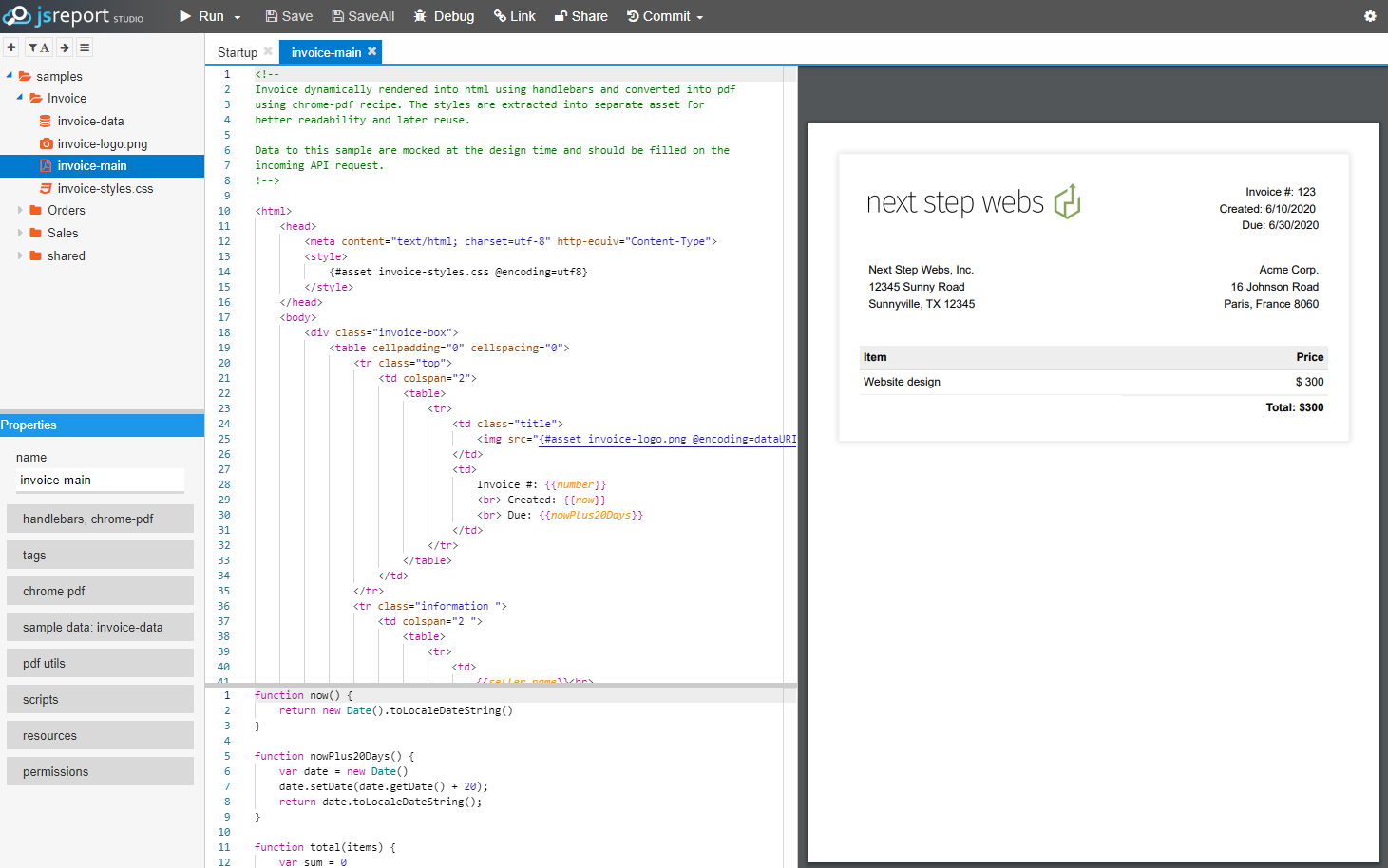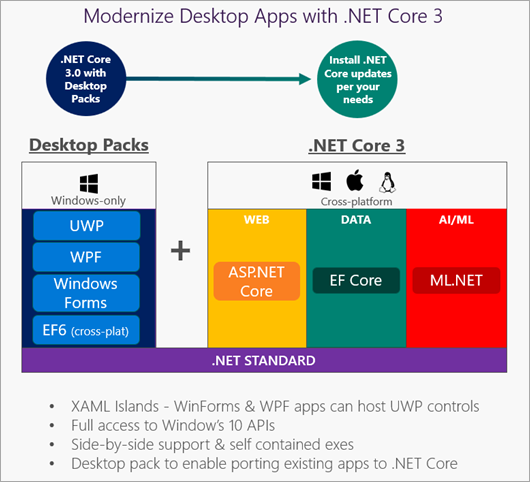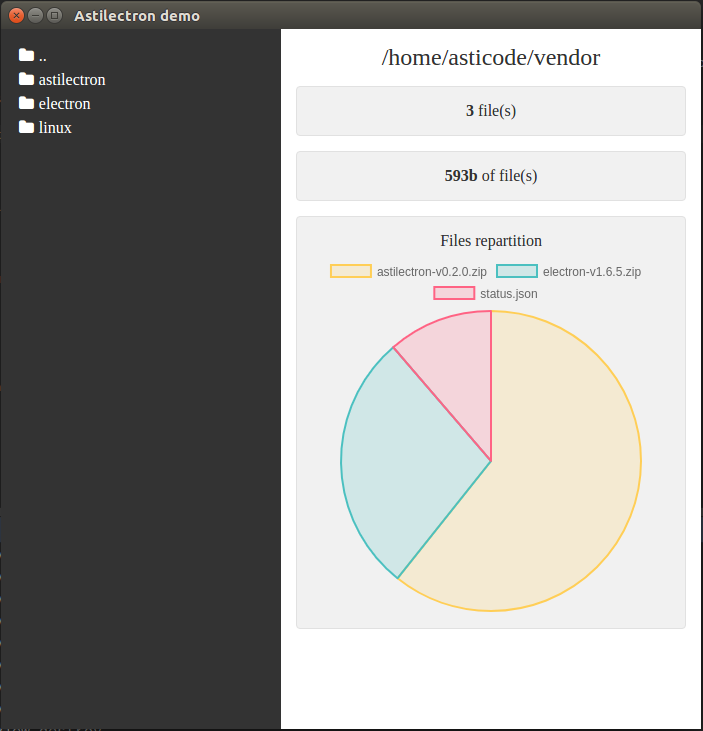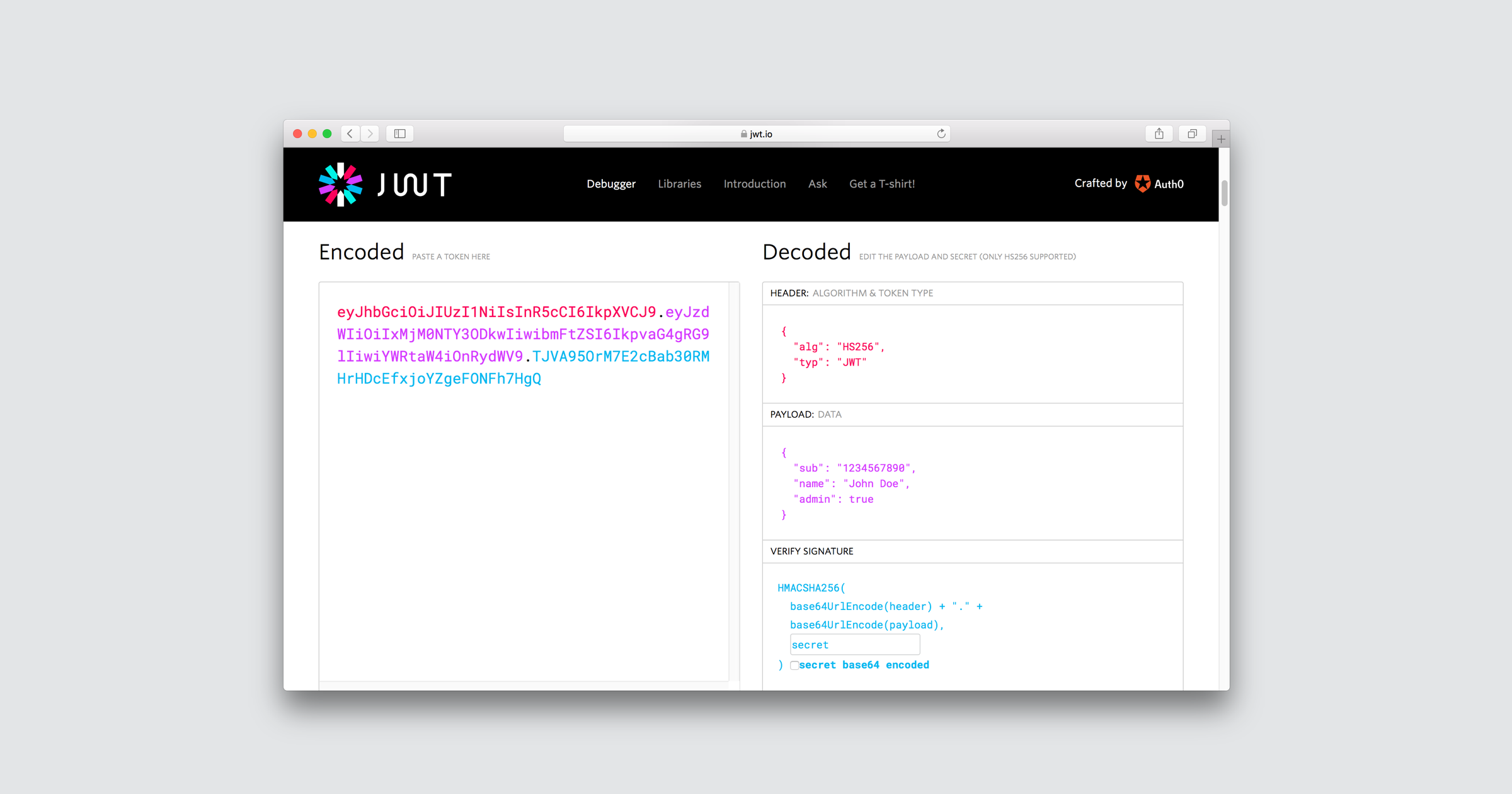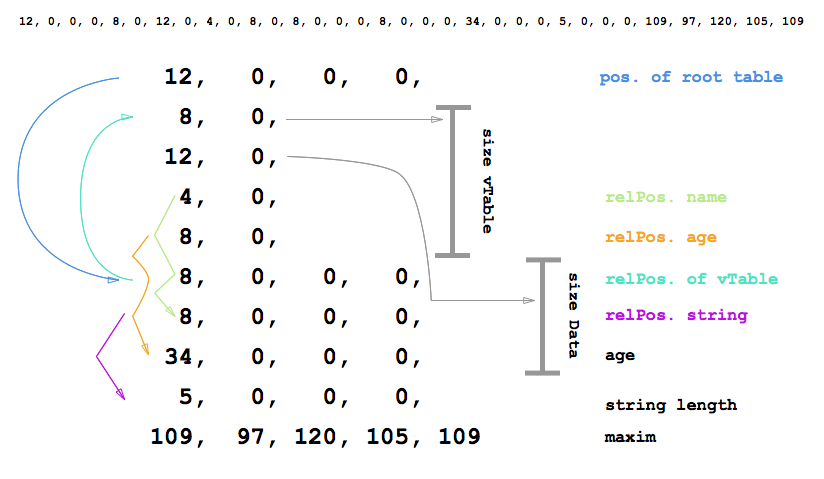This podcast interview explains many of them... Helm, Helm Charts, Draft, Brigade...
Container Native Development with Ralph Squillace – Software Engineering Daily

Helm - The Kubernetes Package Manager
kubernetes/helm: The Kubernetes Package Manager @ GitHub
kubernetes/charts: Curated applications for Kubernetes @ GitHub
Azure/brigade: Event-based Scripting for Kubernetes. @ GitHub
Introducing Brigade: event-driven scripting for Kubernetes
Azure/draft: A tool for developers to create cloud-native applications on Kubernetes @ GitHub


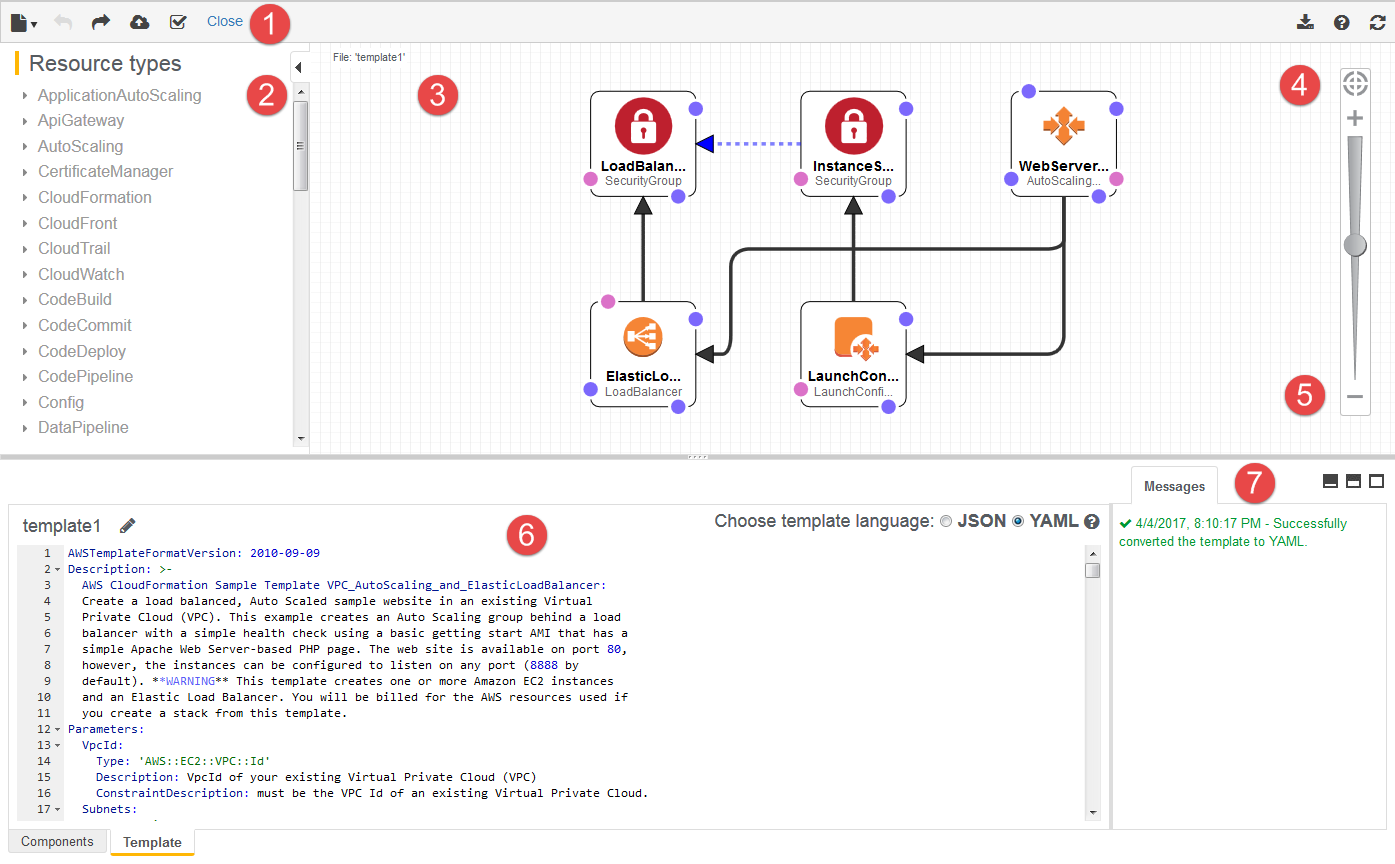






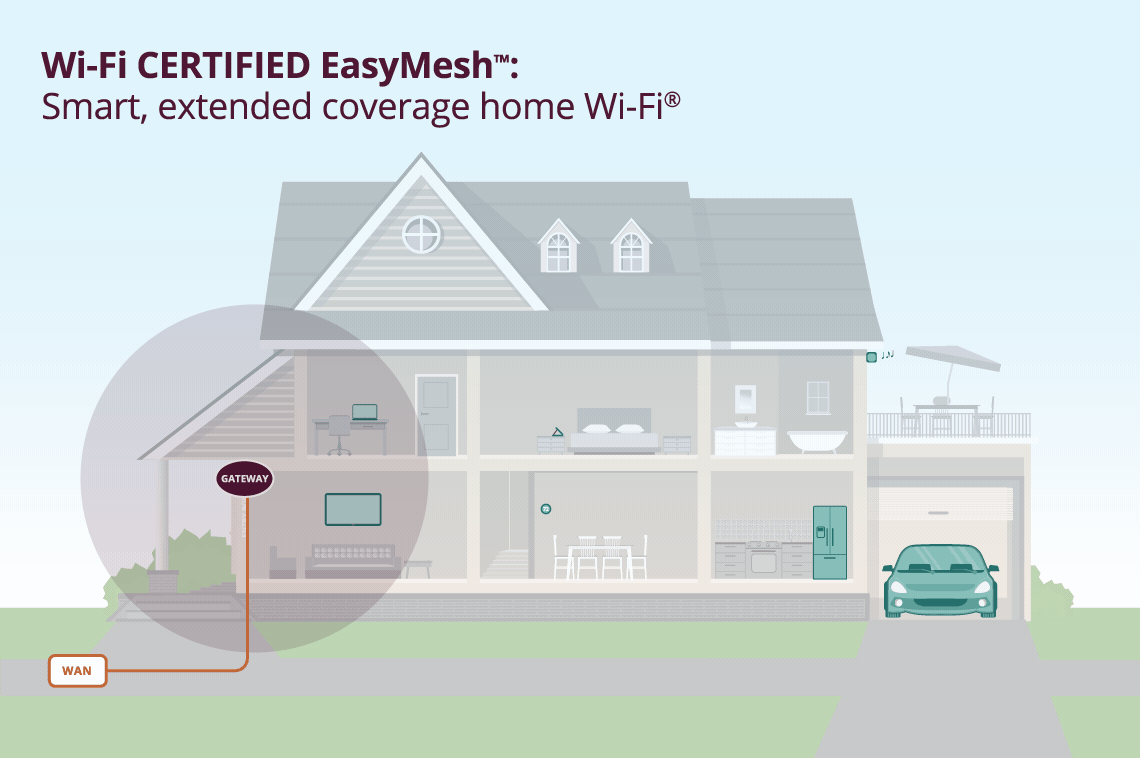
![Advanced Cloud Native Go [Video] from Packt Advanced Cloud Native Go [Video] Book Cover](https://d255esdrn735hr.cloudfront.net/sites/default/files/imagecache/ppv4_main_book_cover/bookretailers/V06892_MockupCover.png)












